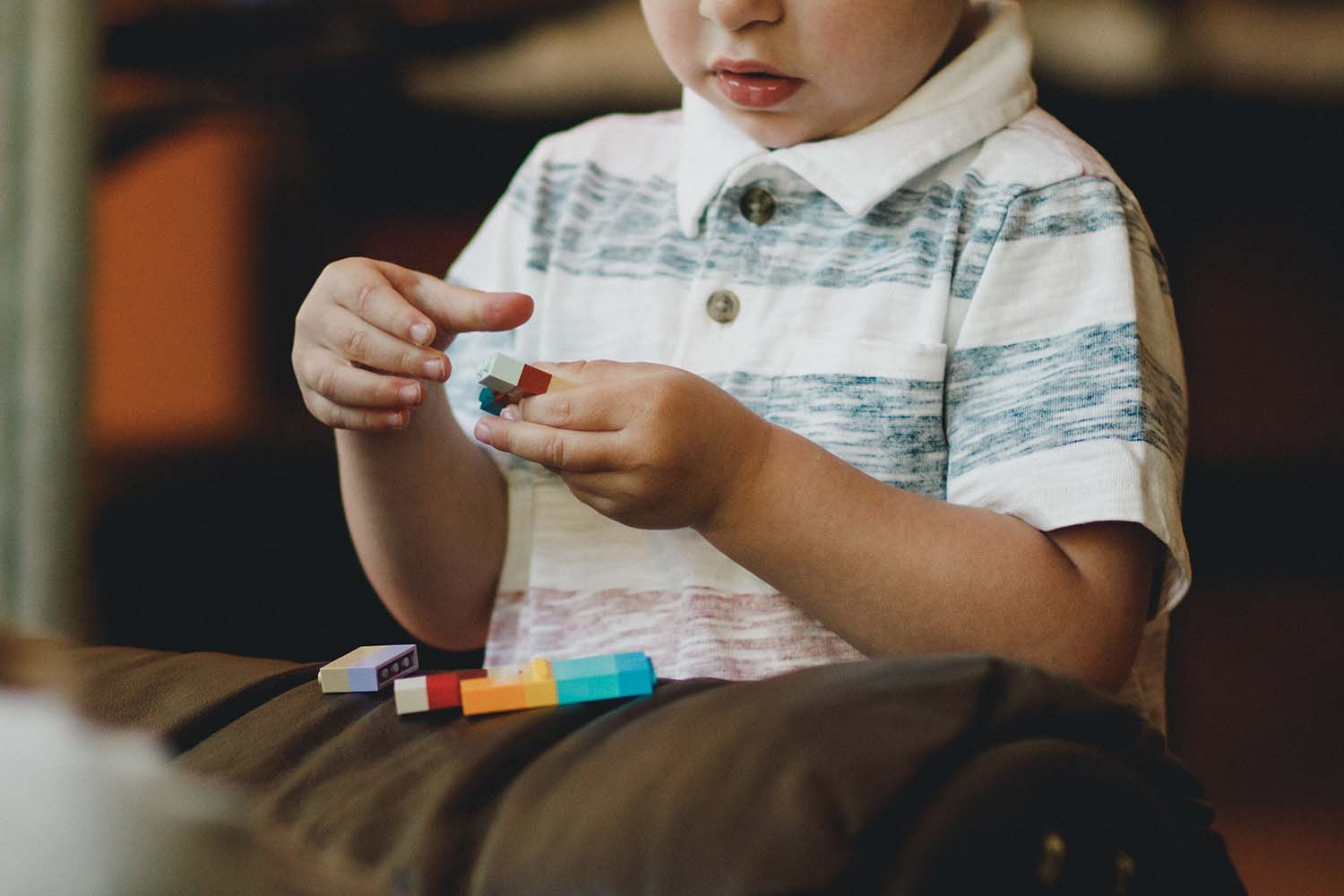ABA, or Applied Behaviour Analysis, is a therapeutic treatment offered to young people who suffer from autism and exhibit undesirable behaviours. Applied Behaviour Analysis therapy uses positive reinforcement to combat undesirable behaviours. The concept behind the approach is that by using a rewards-and-consequences system, positive and desired behaviour can be developed and undesirable behaviour can be rooted out. During Applied Behaviour Analysis therapy, a therapist will identify goals for the patient to develop and achieve in order to improve their behaviour and better themselves. The therapist will map the young person’s progress throughout the treatment to establish how they have developed.

Photo, Jordan Whitt.
ABA is the most common therapeutic treatment used for autistic children and it is considered to be the most well established and successful approach due to the extensive research that has gone into it, as well as its high success rate. In this article, let’s look at six facts about ABA that you may not be aware of or may not have heard of in the past. If your child suffers from autism, by the end of this article you will be confident that Applied Behaviour Analysis therapy is a viable option for them.
ABA: How Does it Work? Before moving onto our titular question, we will explain to you how Applied Behaviour Analysis therapy works and what a treatment program looks like. In addition, we have included some pieces of information to help you learn more about ABA therapy and the benefits that it can have. Here is some of that information…
Consultation: There will be an initial consultation with a trained ABA therapist. This consultation is called a functional behaviour assessment [FBA]. During this consultation, the therapist will ask the child’s strengths, weaknesses, and abilities, as well as things that they may struggle with or find difficult. The therapist will spend time with the child, interacting and questioning them, making observations of their behaviour. It is not uncommon for the therapist to visit the child’s home to observe their behaviour in an environment they are comfortable with.
Planning: Following the consultation, the therapist will map their observations and create a formal therapeutic plan devised to aid the child. The plan will be tailored to the child’s needs and treatment goals. The goals of this treatment plan will aim to reduce undesirable behaviours, such as tantrums, self-injury, anger, and the plan will hope to improve communication skills. Additionally, the plan will include strategies that teachers, caregivers, and the therapist can use with the child to achieve goals, which allows everybody to be on the same page with the child.

Photo, Anthony Tran.
Types of Intervention: The type of ABA intervention that may be used with a child depends entirely on their age, areas of concern, and other factors. Here are a few of those interventions:

Photo, Youssef Naddam.
— DTT [Discrete Trial Training] teaches skills through task completion and rewards, for example, finishing a puzzle;
— EIBI [Early Intensive Behavioural Intervention] is used with children who are younger than five-years-old. It is a highly intensive curriculum designed to teach the child communicative skills, social interaction, and skills to help them function in a social and educational environment;
— PRT [Pivotal Response Training] allows your child to take control of their learning. The therapist will, however, have some control and will advise choices based on skills;
— EDSM [Early Start Denver Model] incorporates play and fun activities that teach multiple things at once;
— VBI [Verbal Behaviour Interventions] are designed to help children find their voice and become more verbal.
Parent Trainer: ABA does not just rely upon therapists, but the child’s parents, too. Parents will have to reinforce desired behaviour and attitude outside of the therapy sessions; the therapist will teach the parents how to do this and teach them strategies to use that will reinforce the therapeutic work outside of therapy.
Evaluation: Over time, the child’s therapist will begin to unravel the causes of behaviour in order to help the child improve or change them. The therapist will adapt their approach according to the child’s response and behaviour. For the entire time your child undergoes treatment, the therapist will monitor, analyse, and evaluate.

Photo, Imani Bahati.
Seven Facts About ABA
With treatment explained, we will now hope to tell you seven facts about Applied Behaviour Analysis that you may not have known…
Improvement: According to a study by Lovaas, 1987, up to ninety per cent of children who were taking part in, or undergoing, Applied Behaviour Analysis therapy up to forty hours a week, improved massively, with their improvements regarded to be life-changing to the child and the child’s parent.

Photo, Matt Flores.
Long-Lasting Results: Additionally, up to forty-five per cent of Applied Behaviour Analysis therapy cases developed observable, long-lasting, and notable results. This is why ABA is one of the most recommended treatments for undesirable behaviour associated with autism.
Real-World Application: Some critics of Applied Behaviour Analysis therapy suggest that ABA is entirely table-based and that the therapy, while of course beneficial, does not carry over into the real world. As our article has shown, many of the treatments used in ABA are in the real world and are reinforced by caregivers and teachers. During ABA treatment, the child learns in the real world as well, which helps them to improve and learn desirable behaviour.
Corporal Punishment and Bribes: When undergoing ABA, a child will never receive bribes, nor corporal punishment. Neither of these is conducive to a child learning good behaviour, as the former will encourage them to manipulate and lie to receive a bribe, while the latter will make them angry and will push them away from applying themselves or participating.
OCD, Personality Disorders, and Anxiety: ABA is not just used for children who suffer from autism, and rather, it is also used for those with personality disorders, obsessive-compulsive disorder, and anxiety. It can also be used for those who experience substance misuse problems.
Similarities, We Think Not: In ABA treatment, no two programs are the same. ABA creates a bespoke and unique plan that is tailored around the child, so all ABA therapy will be different.
Data-Driven: As every individual therapeutic plan is unique, this makes it a data-driven therapy; information and facts are compiled about the child and used to help them improve their behaviour. This information will be passed between teachers, caregivers, and other therapists in the future.
With the help of this, you now know more about ABA and know seven facts. ABA is a great option if your child exhibits undesirable behaviour and suffers from autism; this page should have hopefully explained why that is to you.








